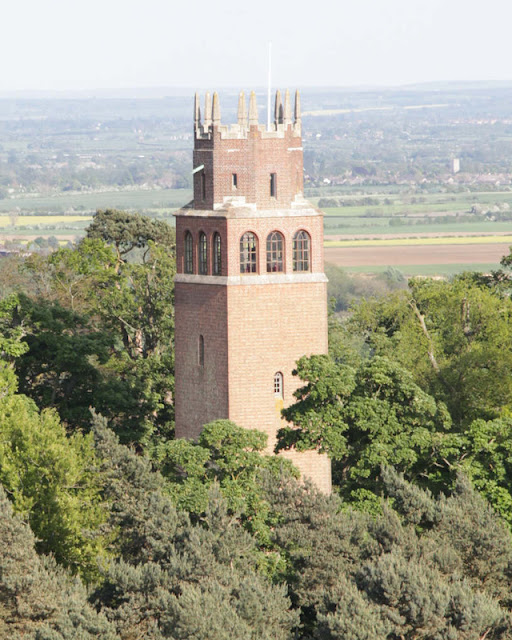News, Little Sparta thatching: a long-term commitment
The goose hut at Little Sparta
Recent
work on the goose hut at Little Sparta was led by Andrew Townsend and carried
out by the 2021 Scholars of the SPAB
(https://www.spab.org.uk/learning/scholarship), Amy Redman (architect), Lucy
Newport (engineer) and Libby Watts (architect) assisted by cultural historian,
George Townsend. Using skills the Scholars had learnt on their travels from a
Northumberland heather thatcher, the roof and walls of the hut were re-covered
with heather secured, in the form of sways and staples, using willow coppiced
in the garden. Several badly-decayed columns were also replaced with new larch
logs.
Based
on Laugier's idea of the Primitive Hut, described in his Essay on Architecture
of 1755, the goose hut looks back to the origins of classical architecture as
well as exploring a common theme in Ian Hamilton Finlay's work, the interface
between Art and Nature. The hut originally housed a pair of geese, who were
there to the raise the alarm should the Barbarians (aka the Scottish Art
Establishment) come marauding over the Pentland Hills into the garden at Little
Sparta, just as their predecessors had protected the citizens of Rome.
Thatching the roof of the goose hut
In
collaboration with Ian Hamilton-Finlay, the goose hut was designed and built in
1982 by Andrew, constructed with locally-sourced log columns and thatched using
heather collected from the nearby moorland. As an ephemeral garden structure
(in the eighteenth-century mode), the hut has required substantial repairs and
re-thatching on a roughly ten-year cycle.
Although the hut
has not been tenanted by geese for a long while, the head gardener has plans to
re-introduce a pair in the near future…
*Images: Society for the Protection of Ancient Buildings 2021 Scholars - Amy Redman, Lucy Newport, Libby Watts




